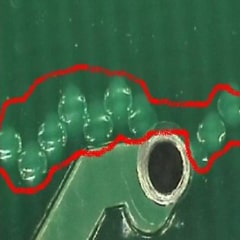 |
Problem Description: Too much moisture in the board. Accepted standards: Not accepted |
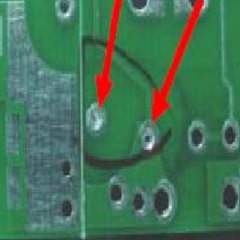 |
Problem Description: Insufficient air knife pressure or foreign matter in the hole causes tin plug hole Accepted standards: 1. Component holes are not acceptable; 2. SMT BGA vias are not acceptable; 3. Via plugs at other locations are acceptable if they are not higher than the pads. |
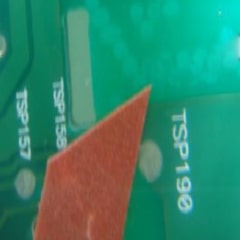 |
Problem Description: White spots on the board surface may occur due to tin spraying hitting the board, multiple rework or excessive temperature. Accepted standards: 1. The wire spacing is not lower than the minimum wire spacing value; 2. The distance between white spots does not exceed 50% of the distance between the conductive patterns of adjacent non-commonly connected circuits; 3. The white spots on the edge of the board will not reduce the minimum distance between the edge of the board and the conductive pattern; if not specified, it shall not be greater than 2.5MM; 4. The simulated thermal test is not expanded. |
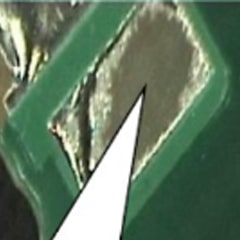 |
Problem Description:Excessive micro-etching may be caused by too much micro-etching, too many times of tin spraying rework or too slow micro-etching speed. Accepted standards: Not accepted |
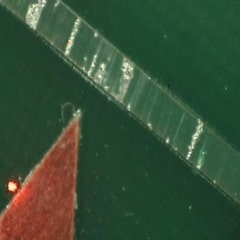 |
Problem Description: The tin spray air knife is scratched or the employee's improper operation causes scratches. Accepted standards: The abrasion area should be within 6.35mm*6.35mm, and there should be no more than 3-5 scratches on the same side. |
Our December promo is live
— POE PCB/PCBA Manufacturer (@poe_pcba) December 3, 2025
Dec 1–31
For existing customers:
Free assembly prototype
Free 1–4 layer PCB prototype
For new customers:
A welcome gift — DM us to claim yours.
Have a BOM or Gerber ready?
This month is a good time to start your next build.#PCBA #EMS pic.twitter.com/kl8xQvuU5Q

Since 1996, POE has become a globally renowned PCB company, providing small to medium volume PCB/ PCBA manufacturing services.













